The crucible is one of the simplest and most effective plotting tools. At its core is the relationship between the protagonist and the antagonist. The conflict they share spawns plot. It illustrates wonderfully the interwoven relationship enjoyed between character and plot. Below, we’ll take a look at what the crucible plotting method is and a very handy crucible plot summary.
What is a crucible?
A crucible is an environment—emotional, physical, mental—that bonds two people, often taking the form of a relationship or location.
Moses Malevinsky in The Science of Playwriting (1925), said the crucible is ‘the pot, or the furnace, in which the drama is boiled, baked, stewed, or hibernated’. It is, he says, ‘one of the most important elements of [a drama’s] organic structure’.

James N. Frey defines it as ‘the container that holds the characters together as things heat up; the bond that keeps them in conflict with one another.’
Without a crucible to contain the characters there can be no conflict, and without conflict, there is no drama.
Lajos Egri said that characters who are bonded together ‘won’t make a truce in the middle and call it quits’. They are committed to the continuing conflict until there is a final resolution: the Dark Lord defeated, the Ring destroyed, the demon gateway closed. Sol Stein said:
‘The key to the crucible is that the motivation of the characters to continue opposing each other is greater than their motivation to run away. Or they can’t run away because they are trapped, for instance in a prison cell, lifeboat, island, or by family, for example.’
If anything, as the story develops and the conflicts deepen, the characters should be drawn further into the crucible.
How do I know my characters are in a crucible?
You know your characters are not locked in a crucible when the reader is liable to ask, “Why doesn’t the knight just go home and forget about the dragon?” To avoid this, the character must be bonded to their task, quest, or job.
Let’s take the example of a character who hates her job. “Why doesn’t she just quit?” we ask.
What if she’s a single mother with three kids to support? Kids who have worn the same school uniforms for so long their trousers look like shorts. Each day they come home with cheeks wet with tears and tales of mockery that break her heart. Our character is locked in a crucible with her job by necessity.
Keep the simple question in mind: where’s the crucible? (It’s not behind the fucking couch.) Think about motivations. The character must be well-motivated to see their goal through to the end. Some examples from the literary world:

The Old Man and the Sea by Hemingway. The old man cannot let go of the fish, and the fish cannot shake him. They are bonded together, but not just by hook and line, but by the old man’s need to prove his manhood, his skills as a fisherman after a long time without catching anything. It is a struggle to the death, and that is their crucible.
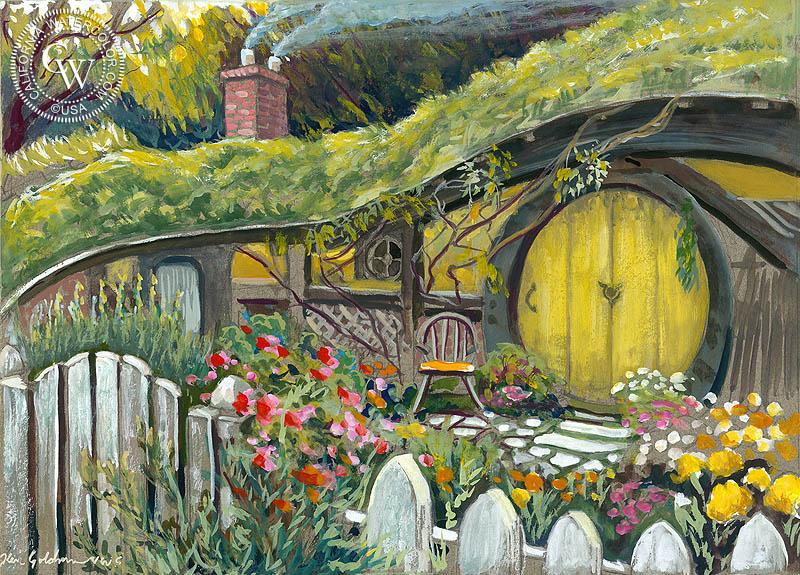
The Lord of the Rings by Tolkien. Frodo can’t just toss the One Ring into the Anduin River and head back to the Shire. Sauron would find it, return to power and wreak destruction on Middle Earth, Shire and all. Frodo carries that moral burden, but also the corruption of the ring. He is bound in a crucible with the ring by his need to destroy it.
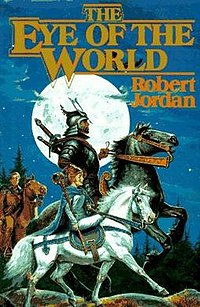 The Eye of the World by Jordan. Rand cannot just turn around and head back to Emond’s Field. Ba’alzamon haunts his dreams, stalks his shadow. He is locked in a crucible with the Dark One by his need to uncover the truth of who he is and what fate has in store.
The Eye of the World by Jordan. Rand cannot just turn around and head back to Emond’s Field. Ba’alzamon haunts his dreams, stalks his shadow. He is locked in a crucible with the Dark One by his need to uncover the truth of who he is and what fate has in store.
Some other examples of crucibles:
- A father and son in conflict with each other. Neither can walk away; they are bonded by familial love. Love is their crucible.
- Cell-mates in a prison can easily run into conflict with each other, conflict difficult to escape. The prison cell bonds them and is, therefore, their crucible.
- The situation is similar for people stranded on a boat or on an island. The boat or island is their crucible.
A possible formula/crucible plot summary
Protagonist+Antagonist+Conflicting Bonds=Crucible
With some examples:
Father+Son+Familial Love=Crucible
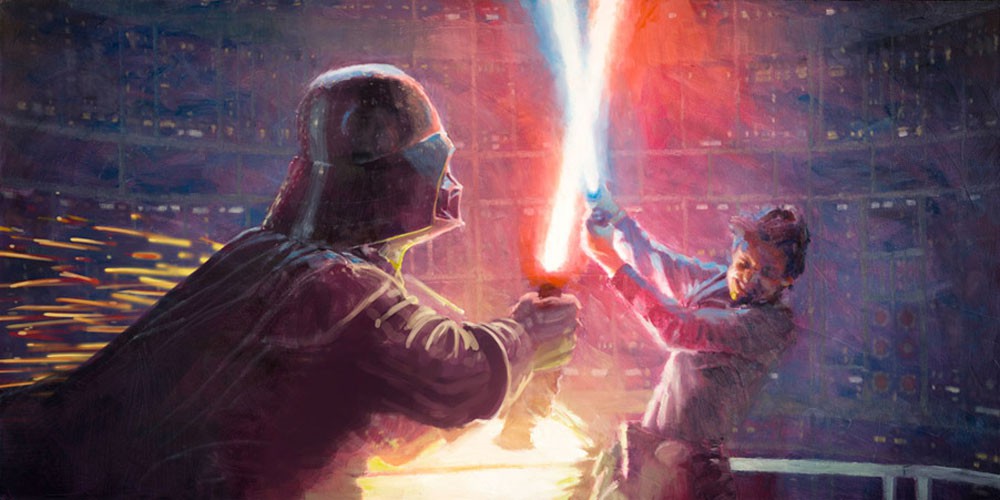
Frightened Inmate #1+Frightened Inmate #2+Prison Cell=Crucible
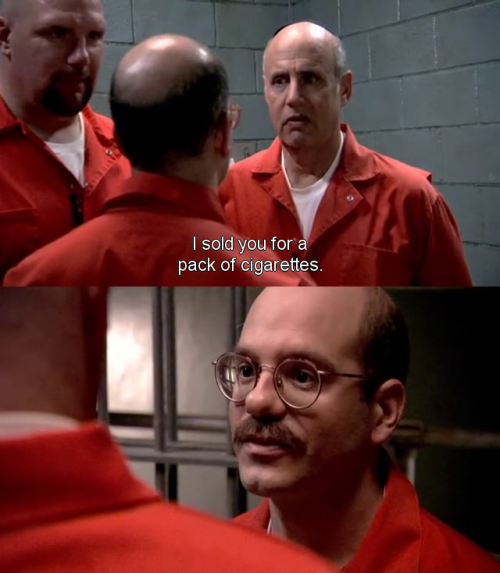
Things to do to create a crucible
- Can you change the location of the scene to one in which it’s more difficult for the participants to leave? Two enemies trapped in an elevator. Young boys forced to play with each other while their widowed parents spend some time alone.
- Think about the backstories of your characters. What links could you include to lock them in a crucible? Love and relationships are big ones for many people. Jobs too. Or a sense of duty or justice, such as serving in the police force or military or being Batman.
The crucible is perhaps one of the more simpler plotting devices, but certainly the most effective. In it’s most basic form, it encourages you to think about your protagonist and antagonist, the relationship between them and the need to keep creating conflict until your plot reaches a resolution.
Thank you for reading this guide to the crucible plot summary. For more writing tips and guides, head here. You can also head here to learn more about building tension in a story
Thank you for reading. If you found this post helpful, why not stay in touch? As well as staying up to date with more posts like this, you’ll be kept abreast of any news and articles I think you may find helpful, as well as any new resources I release.
Speaking of resources, have you checked out my freebies? There are lists of publishers, a free ebook on the craft of creative writing, and a list of book reviewers.
- 5 Tips to Help Your Child Learn and Succeed at Primary School - February 26, 2024
- The Advantages Of Using An AI Essay Typer Alternative - February 14, 2024
- Advice On Getting Help With Your Homework - January 26, 2024


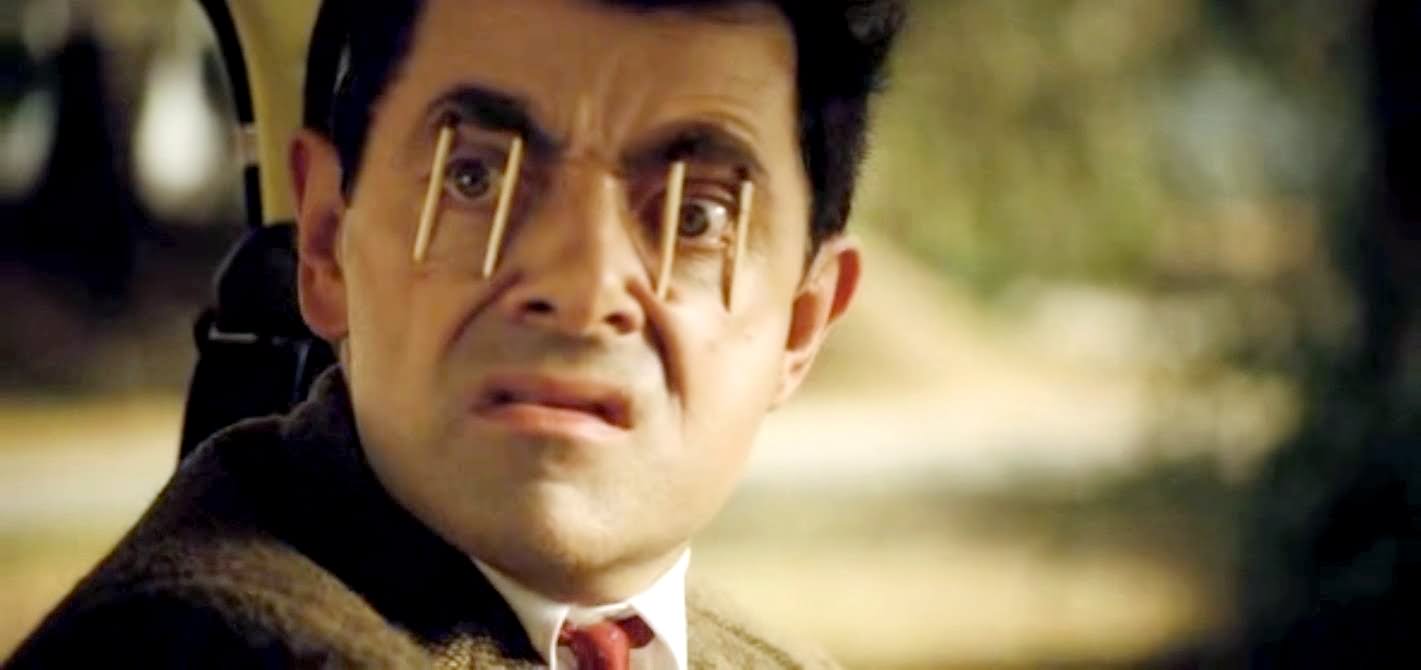

Great stuff! This is a good way to visualize character conflict.
Hello Richie! This spells out quite nicely what I couldn’t put to words myself: what the magnetism is between the hero and the foe. I also like having The Eye of the World as an example, because its crucible is godawful… 😀 Also, what do you think about closed VS open settings, like prison or the galaxy far far away? Got personal preference for either or the other?
Hi there Alice. Lovely to hear from you! I’m always a fan of the epic stories that take you places but I do like closed and intimate scenes too. It’s a tricky one. What about you? Thank you for reading!
My personal predilection seems to be the same as yours. 🙂 And now that I think about it, I can’t recall any (good) story with a closed setting, a thing I’d like to rectify! Do you have any suggestions? To clarify, reading, please! 😀
Reblogged this on litaenterprise and commented:
Another excellent post from Richie Billing.
Great post, Richie. Have reblogged. 😀
Thank you! I’m delighted to hear you found it useful!
Describing the actual definition of a crucible would be handy — the harden bowl where two (or more), potentially antagonistic agents (or chemicals) are ground to a powder so as to create a composite entity.
The hard part I have trouble with is creating mini crucibles, quick mortal/pestals that are scene based which lie like ball-mills strung along a mining operation. Grind in this one and the jump to the next where the characters have to grind in that one too. And then the next, and the next.
That orchestration is tough, for me.
Great concept. I’ll include this in my writer’s mind mantra (spoken as an Om before I pen a word — yeah I wish).
Pingback: Homebody – Riding the Blimp
Thanks for sharing!
Thanks for the post. Will reblog. You could also layer a crucible with several types of conflict or characters, couldn’t you?
You certainly could! Nice thinking. Thank you for sharing and commenting!
Reblogged this on Ethereal Seals: Dragonsoul and commented:
A helpful post on plotting and character/conflict relations. Cheers.
Pingback: How Do You Plot A Story? – Richie Billing
Pingback: 4 Things I Learned Writing A Novel – Richie Billing
Pingback: How Do You Edit A Novel? #AuthorToolboxBlogHop – Richie Billing
Pingback: Character Plotting - Richie Billing
Pingback: How To Create Tension In Writing - Richie Billing